Amina Claudine Myers' Profound Solo Meditation
The veteran pianist puts out another stunning LP for Red Hook Records
Amina Claudine Myers should be a lot more famous than she is. A composer-pianist-organist-singer of spiritual depth and grand virtuosity, she has been recording, as a leader or accompanist, for nearly a half century, but mainly for small labels and as a member of an alliance—the avant-garde Association for the Advancement of Creative Musicians (AACM), which also spawned the Art Ensemble of Chicago, Henry Threadgill, Anthony Braxton, and many others—that didn’t (and still doesn’t) care much about commercial recognition.
Still, Myers’ music is more accessible than her compatriots’ usual fare, and even when it veers toward the outside, it taps into luminous currents that should stir even the most prosaic souls. She displayed this most recently in her duet album with trumpeter (and fellow AACM alum) Wadada Leo Smith, Central Park’s Mosaics of Reservoir, Lake, Paths and Gardens (a stunningly realistic-sounding 45rpm LP from Red Hook Records)—and she does it again with a new solo-piano album Solace of the Mind (also on Red Hook vinyl, though at 33-1/3).
Most striking, at age 83, Myers is writing and playing as strong and buoyant as ever, in some ways more so. (She was 81 when she recorded this album, but I saw her in concert not long ago, playing with Wadada Leo Smith, who’s a year older and also in great shape, so I can update the claim with confidence.)
She composed all but one of the 10 tracks on this 40-minute album (the exception being the traditional “Steal Away”), and she’s previously recorded four of them—“African Blues” on Salutes Bessie Smith (1980), “Cairo” on In Touch (1989), “Song for Mother E” on an album of the same title (1980), and “Steal Away” on Sama Rou (2016). But the versions here are richer, more meditative and soulful, more immersively probing what makes these songs—almost all of them her own songs—so resonant, so worth revisiting. She’s not inclined to show off her chops; she plays a lot of whole notes; but the harmonies encasing the notes, and the staggered rhythms that join the notes into melodic passages, are what is so engrossing.
Chris Allen laid down the tracks at Sear Sound, except for “Ode to My Ancestors,” the one piece where Myers plays the Hammond B3 organ, which was recorded by Rick Kwan at her home. Sun Chung, the producer and Red Hook Records’ proprietor, told me in an email that two small diaphragm condenser microphones were placed, in a stereo pattern, inside the piano and a pair of large U67s were placed outside the piano. No processing was added, except for slight reverb. That description is consistent with the results. Before Chung responded to my email asking for details about the session, I wrote, “This is clearly a close-miked session, capturing the piano’s full percussiveness, sustain pedal, and blossoming overtones, though also catching the surrounding ambience.” I also noted, “It sounds gorgeous.” It doesn’t quite match the you-are-there jaw-drop of Myers’ duet album with Smith (did the 45rpm mastering put that album in a higher dimension?), but it’s in the same ballpark.
Finally, there’s this mouth-watering PS: Another Myers-Smith duet album is reportedly in the works.
PS: Sun Chung sends this correction: Two small condensers were placed inside the piano, but so were the pair of U67s, in parallel. There was also a third stereo pair outside the piano, for ambience.




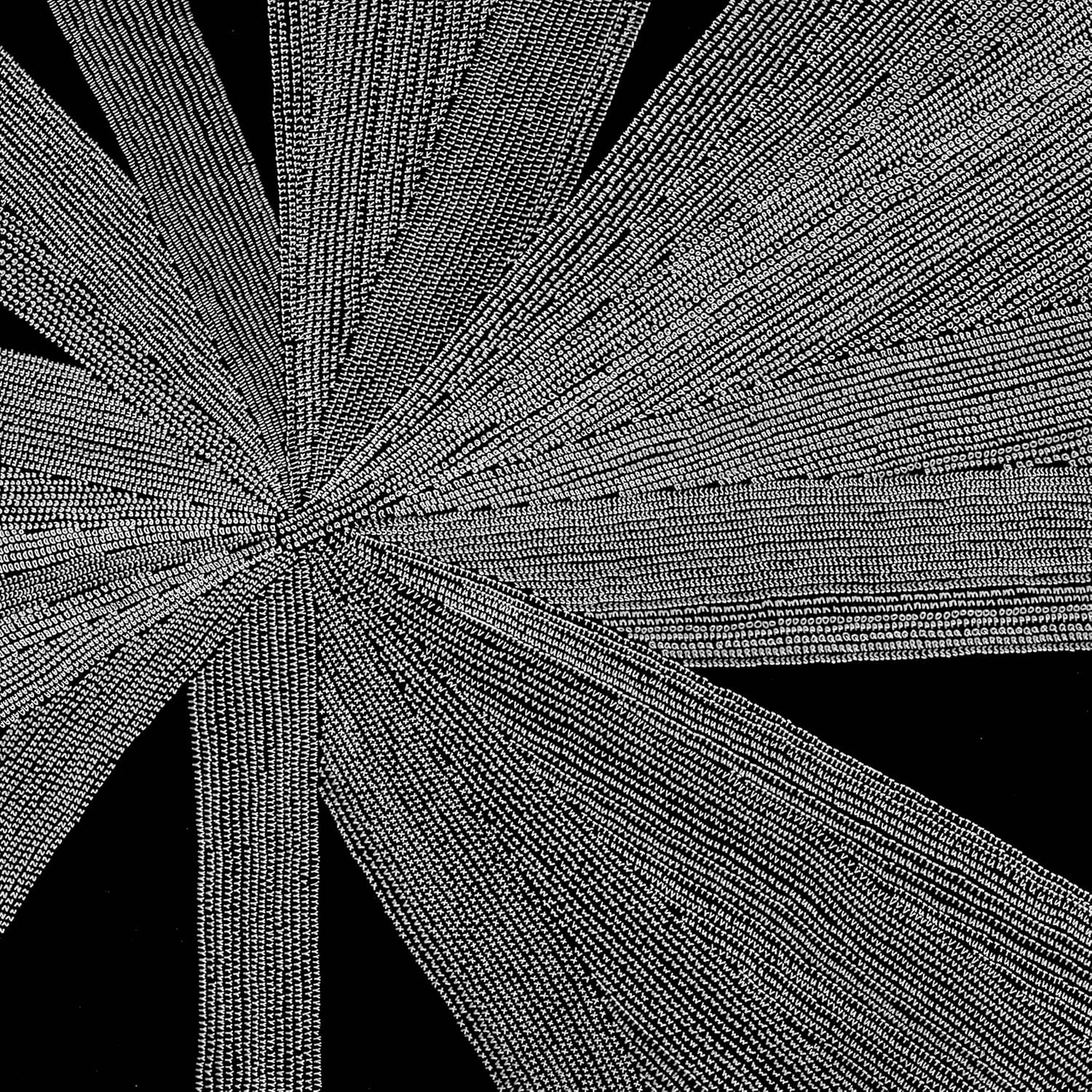



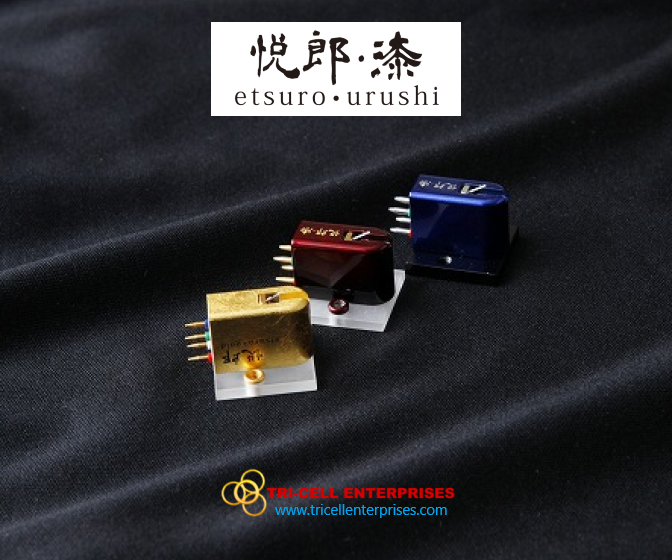
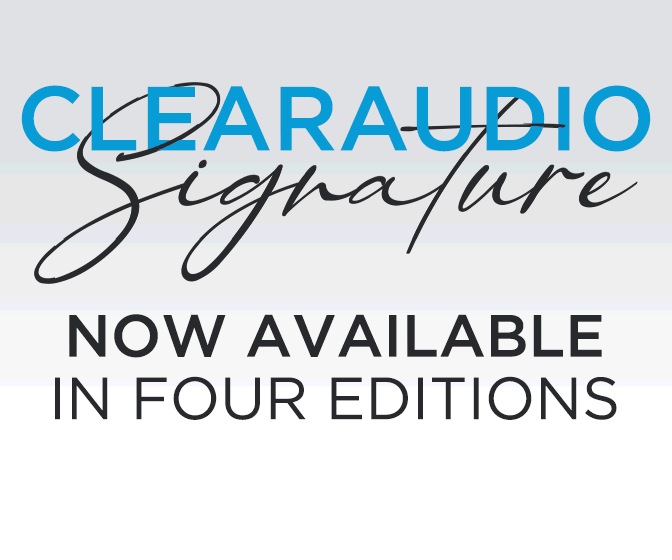

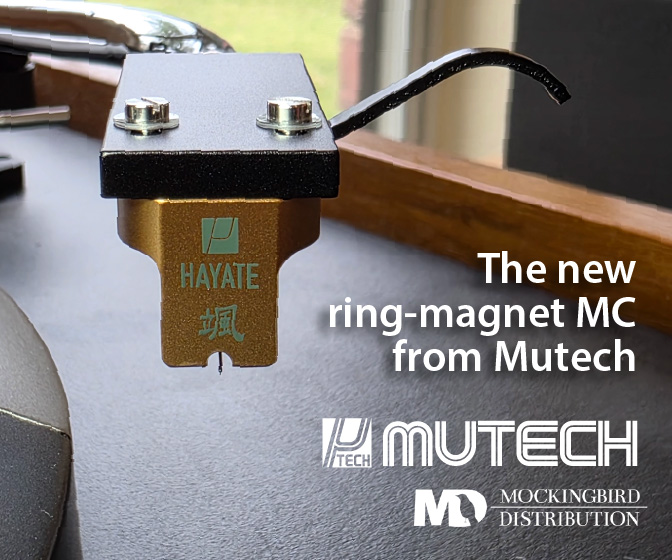
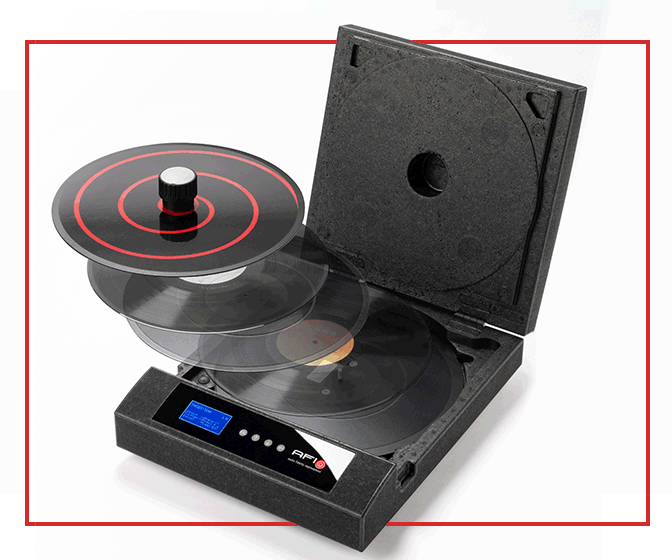

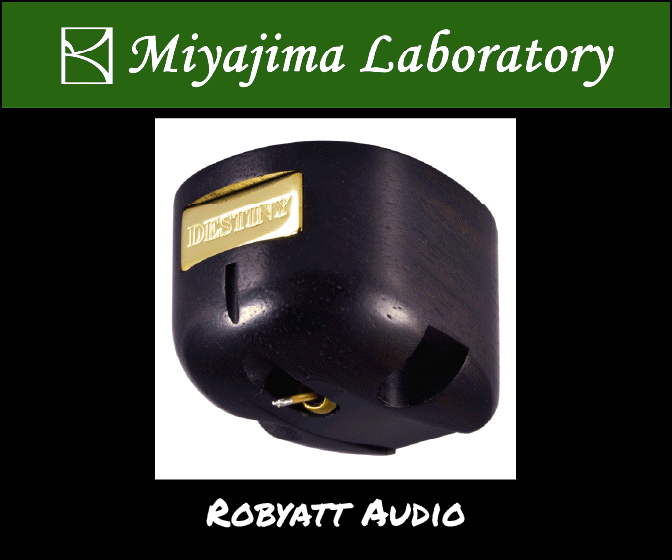
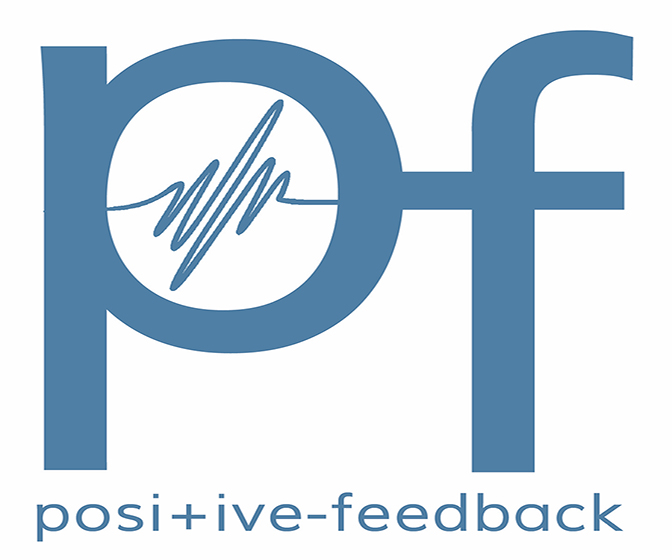


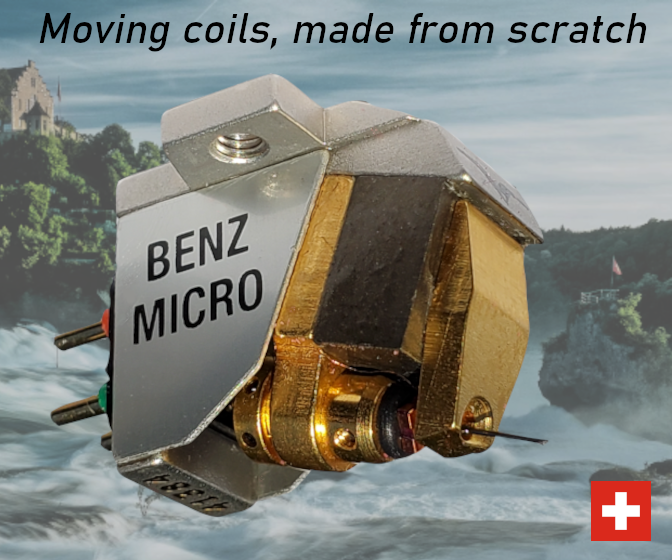

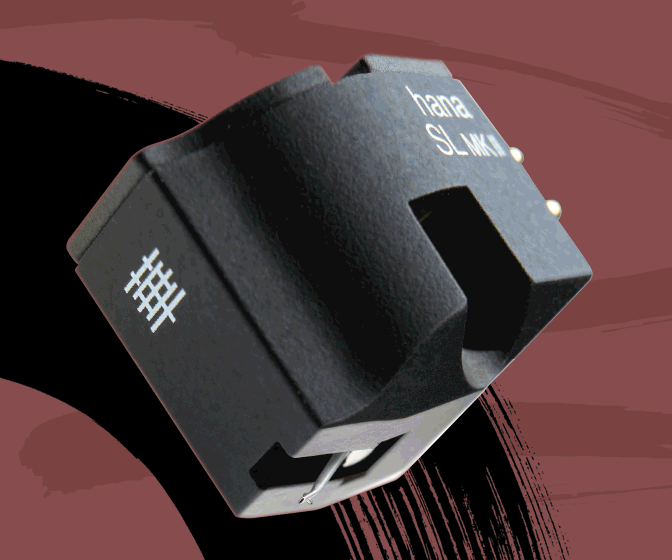


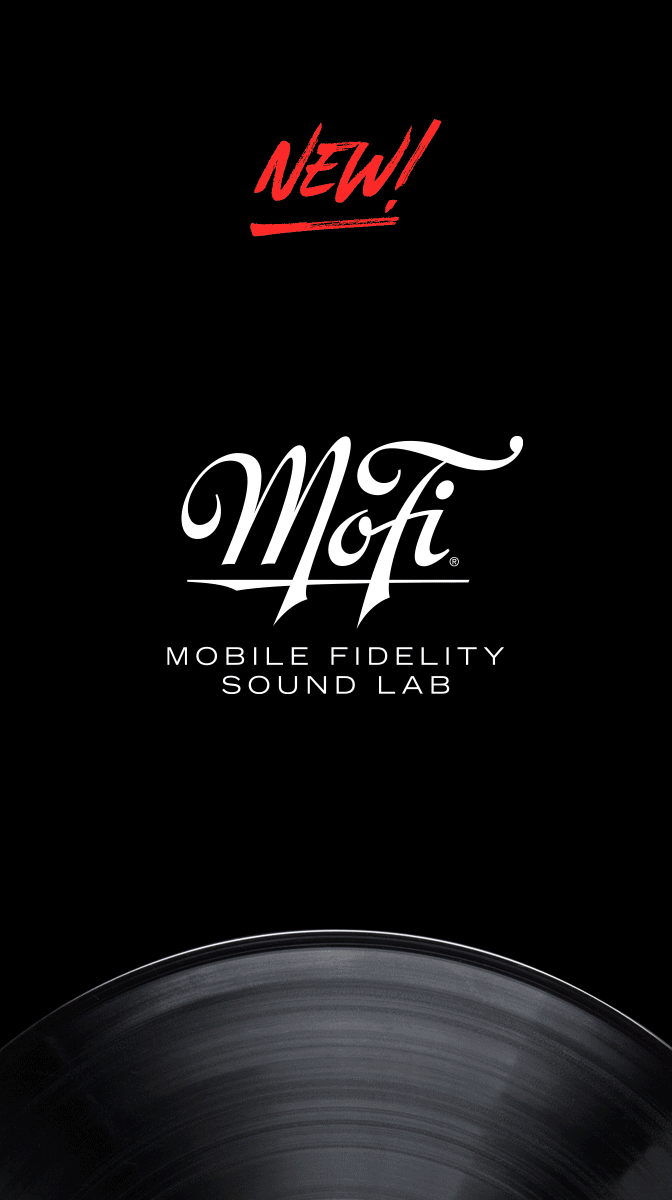



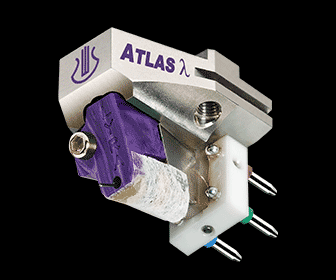

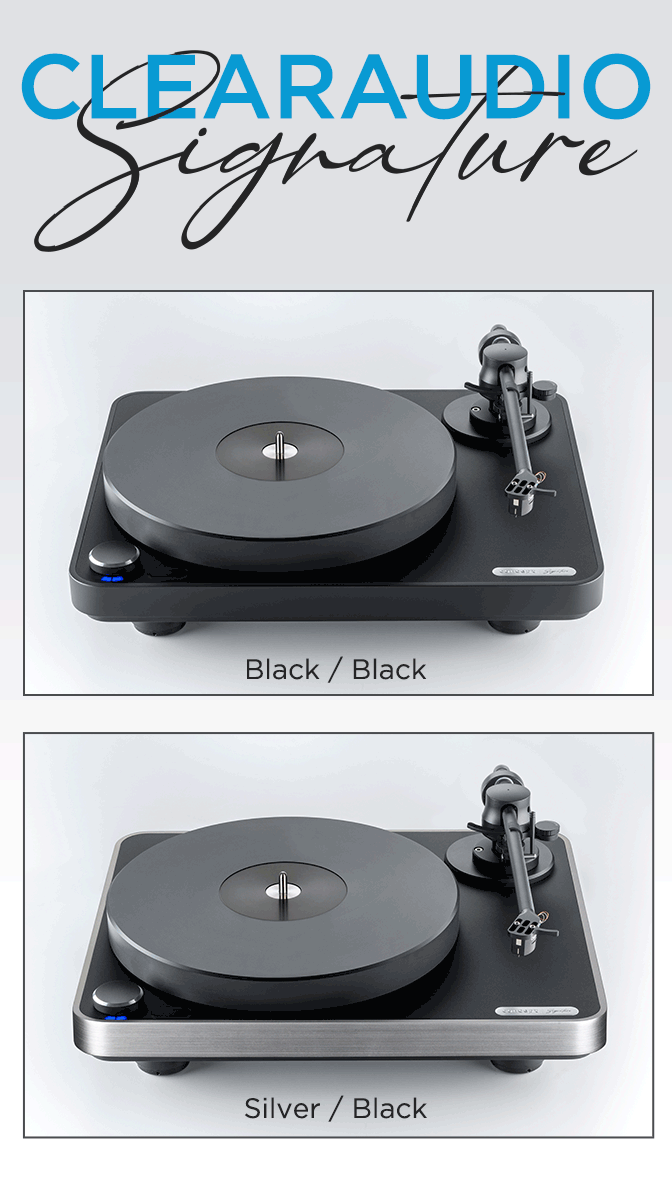
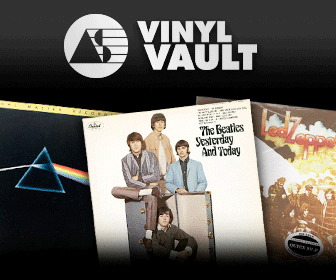


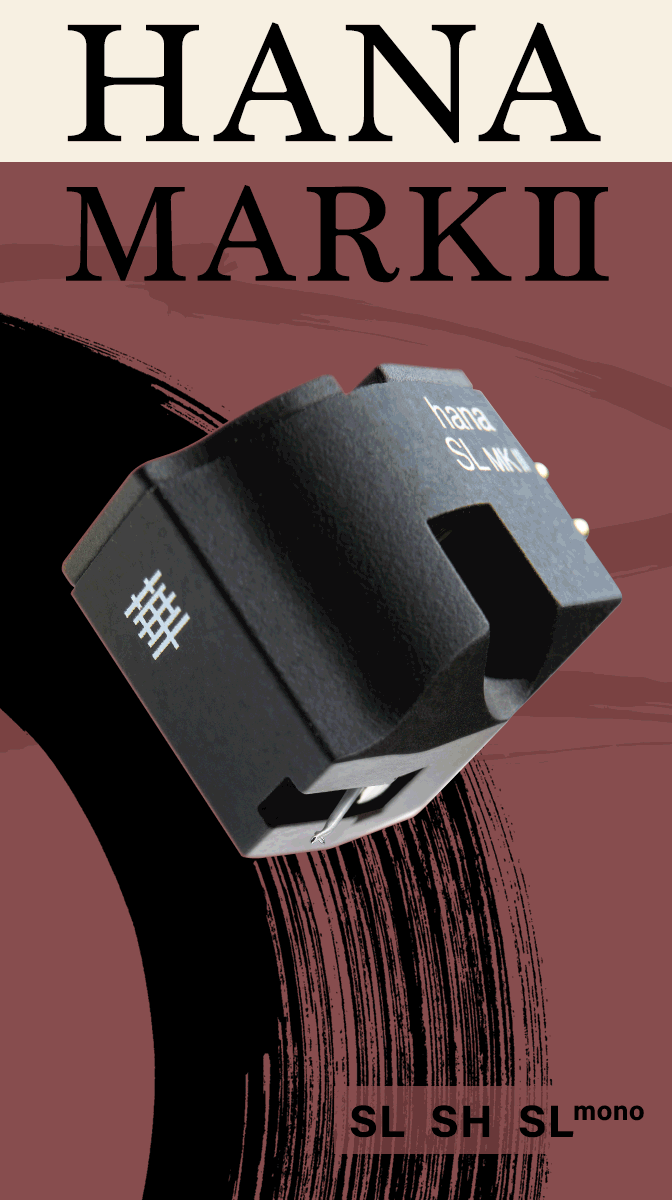


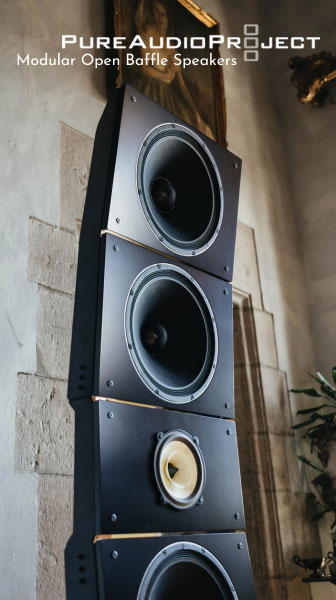
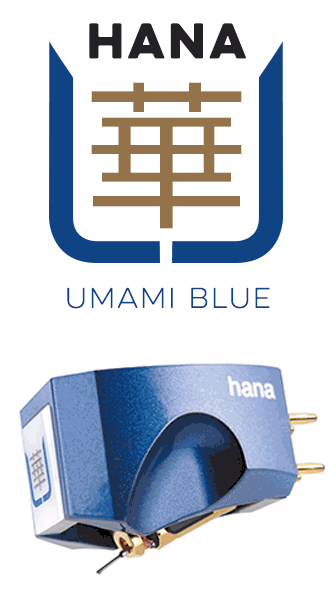





.png)








